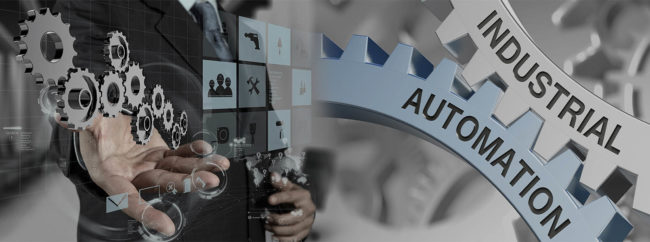Manufacturing Execution Systems (MES.FORWARD)

- Description
- Components
- Price
Description of system
MES.Forward is a real-time manufacturing execution system which controls the entire production process, from incoming raw materials to output products.
MES.Forward is designed for optimization resulting in reduced production cycle, enhanced product quality, minimized paperwork, as well as a shorter implementation time.
MES.Forward provides the following functionality:
- integration of real-time process data arriving from various process control systems and aggregation of such data based on the mathematical model resulting in an integrated data acquisition, processing, storage and transmission system;
- automation of key business processes, i.e. production planning and monitoring, product quality monitoring, balancing, resource consumption monitoring, process monitoring, and reporting;
- provision of comprehensive and reliable information about the process for effective decision making;
- creation of a distributed database providing a centralized event-based control of key production processes and management procedures.
Basic Approaches to the MES.Forward Architecture
- MES.Forward is based on a classical multi-level model with a separate integration level (for integration of process control systems)
In order to build a state-of-the-art automation system for industrial application, one has to tackle a number of tasks related to data acquisition, storage, processing and transfer from process control level to MES and ERP levels.
The process control level encompasses local process control systems, which can be supplied together with the equipment or they can be third-party systems. Every such system is usually a complete system that is not integrated with other process control systems. Basically, it is a local integrated software and hardware package designed for a specific application. Thus, there are systems designed for pump stations, power stations, etc. Unrelated process control systems, which are based on hardware and software solutions by different vendors, as well as varying data transmission formats and protocols all require special tools to enable data acquisition, processing, and storage.
Data coming from process control systems need to be consolidated, analyzed, and converted into a standard format comprehensible for related MES and ERP systems. It is for this reason that we offer to implement an integration level as part of our MES projects. Such integration level enables to separate the issues of exchange, storage, processing and consolidation of incompatible data (coming from SCADA, OPC, and relational databases) from the MES or ERP level tasks making it quite a straightforward system.
The integration level enables such functionality as online equipment and critical parameters monitoring (visualization only), energy monitoring (including power), failure detection, etc.
Basically, the integration level provides a link between the plant and other related process control systems and the MES level. A change in the design or type of the existing devices does not require any changes in the overall integration system.
In functionality terms, the proposed system is deployed both at the process control level and the MES level.
- Thin Client Based Client-Server Architecture
MES.Forward is based on the Client-Server architecture with the central server accessible by peripheral computers for storing/searching for process data and for interacting with background applications running on the server.
User workstations are based on Thin Client with web browsers for end users. For security reasons access privileges are employed which depend on the user role.
Such architecture can be easily integrated with other automation systems. Besides, it is scalable, user friendly and requires only minimum administration.
- Modular System
MES.Forward is implemented as a set of interrelated but relatively independent modules which do not have to be installed all at the same time.
- Distributed Data Bank
The distributed data bank is based on a standard Microsoft SQL Server 2008 (the Oracle option is available).
- Integration with Microsoft Office
All MES.Forward modules are tightly integrated with Microsoft Office (data uploads in Word/Excel files, Microsoft Excel spreadsheets).
- Integrated Network Infrastructure
The interaction between the servers and the clients and the related systems is implemented via Ethernet.
System Components
MES.Forward comprises the following applications:
- Process Data Integration Platform
- Interface Management System
- Production Planning and Management System
- Process Control System
- Quality Management System
- Output Monitoring and Stock Management System
- Maintenance Management System
- Supervisory Control System
- Energy Monitoring System
- Personnel Management System
- Network Infrastructure Management System
- Reference Data Management System
Customer’s benefits from using MES.Forward
- Significant reduction in downtime and enhanced overall performance
- Traceability
- Product genealogy compiled based on actual production data
- Product quality data integrated with other production data and linked to the finished product
- Full and accurate information about the production status and the material stock available to the personnel in a timely manner ensuring a better performance
- Availability of various operational data (such as operations summaries, equipment utilization and downtime, output, rejection rate, raw materials consumption and so on) to personnel responsible for quality, stock, and operations

